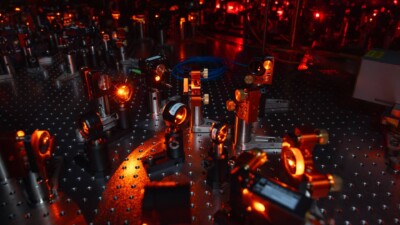AI seems to be everywhere, but what does this nebulous term mean in the context of engineering?
The funny thing about the term ‘artificial intelligence’ is that it’s extremely trendy despite being almost 70 years old.
The basic idea of using mathematical systems to perform tasks which typically require human intelligence has been around for a long time, but the combination of computing power and training data available today has unlocked a host of novel AI applications. For the average person, the most obvious examples are generative machine learning models, such as OpenAI’s GPTs.
But what about the average engineer?
Sure, you might use Google’s Bard or ChatGPT to help you draft emails to clients, but that’s hardly the core work of engineering — or at least, it shouldn’t be.
What are examples of AI in engineering?
Generally speaking, engineers who are using AI will be working with some form of machine learning, meaning algorithms that identify patterns in data through a process of trial and error, gauging their success on goals provided by their programmers. This means that the most likely places to find AI in engineering are in the design and manufacturing stages of product development, specifically computer aided design (CAD) and quality assurance and control. Taken as a broad field of study akin to physics, AI also encompasses computer vision and various aspects of robotics.
What can engineers do with AI?
In the context of CAD the most obvious example of artificial intelligence is generative design, where AI algorithms create design alternatives based on specified objectives and constraints. These algorithms open up a much larger design space for engineers and make it easier for them to explore it.
Similarly, AI is becoming an essential part of engineering simulation, with new tools able to provide insights into complex systems by uncovering patterns in vast amounts of data.
In manufacturing, engineers can use AI to leverage huge volumes of production data for predictive maintenance as well as process optimization. By deploying machine learning algorithms to analyze images or sensor data, engineers can create systems that automatically spot defects even human inspectors might have missed.
How much do engineers need to know about AI?
The fact is, unless you’re a software engineer or otherwise coding machine learning models yourself, you probably don’t need to know much more about AI than you do about programming more generally. Any engineer worth their salt will have a good grasp of statistics, and the simple truth is that the majority of what’s being branded as “AI” these days is little more than that.
If you do want more practical knowledge of how machine learning models are built, consider brushing up on your Python, R and C++. These are among the most popular programming languages for AI applications and they’re essential for a foundational understanding of artificial intelligence.



